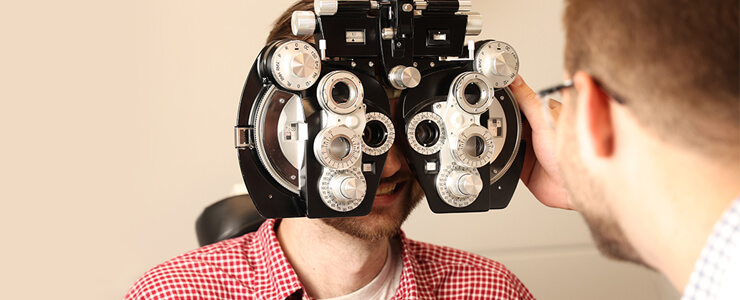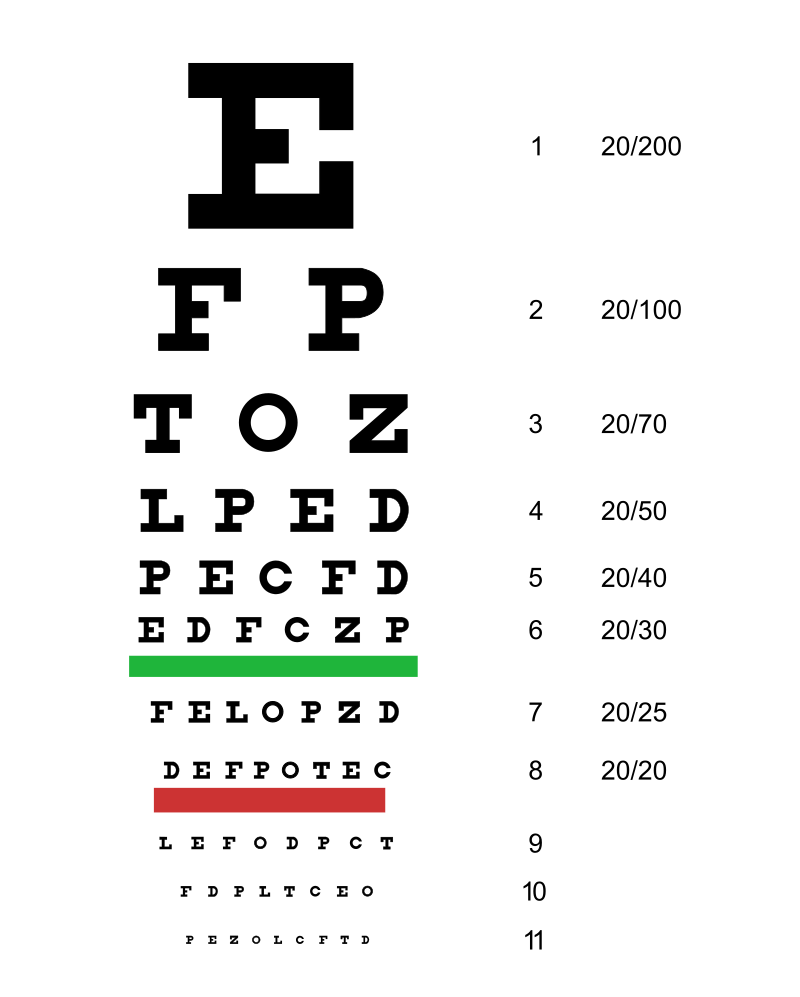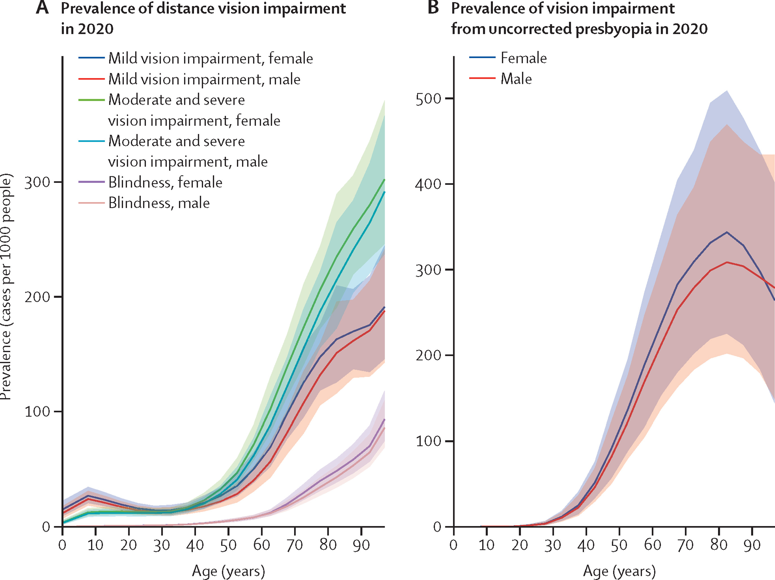How is 20/20 vision tested?
The most common test for visual impairment, the one you’re probably most familiar with, is the Snellen chart.
The Snellen chart, originally developed by Dutch ophthalmologist Herman Snellen, has been the standard introductory test for most eye exams for the last century and a half. This eye chart measured people’s visual acuity back in 1862, and lives on to this day!
Your optometrist will project this chart on a screen 20 feet away and have you read letters from each line, left to right. Each line is accompanied by a corresponding vision score (to the right).
Variations of the Snellen chart, especially the LogMAR chart, are also commonly used by eyecare professionals. The LogMar chart was developed by the National Vision Research Institute of Australia in 1976, to enable a more accurate assessment of visual acuity
Levels of vision
| 20/15 vision |
Better than average vision— able to make out details that someone with average vision could only see at 15 feet. |
| 20/20 vision |
Average vision. |
| 20/40 vision |
The requirement to pass a Driver’s License test. |
| 20/80 vision |
Will greatly struggle with depth perception. Eyewear or corrective lenses are likely needed at this level. |
| 20/200 vision |
Legal blindness— your visual field will be highly obstructed. |


